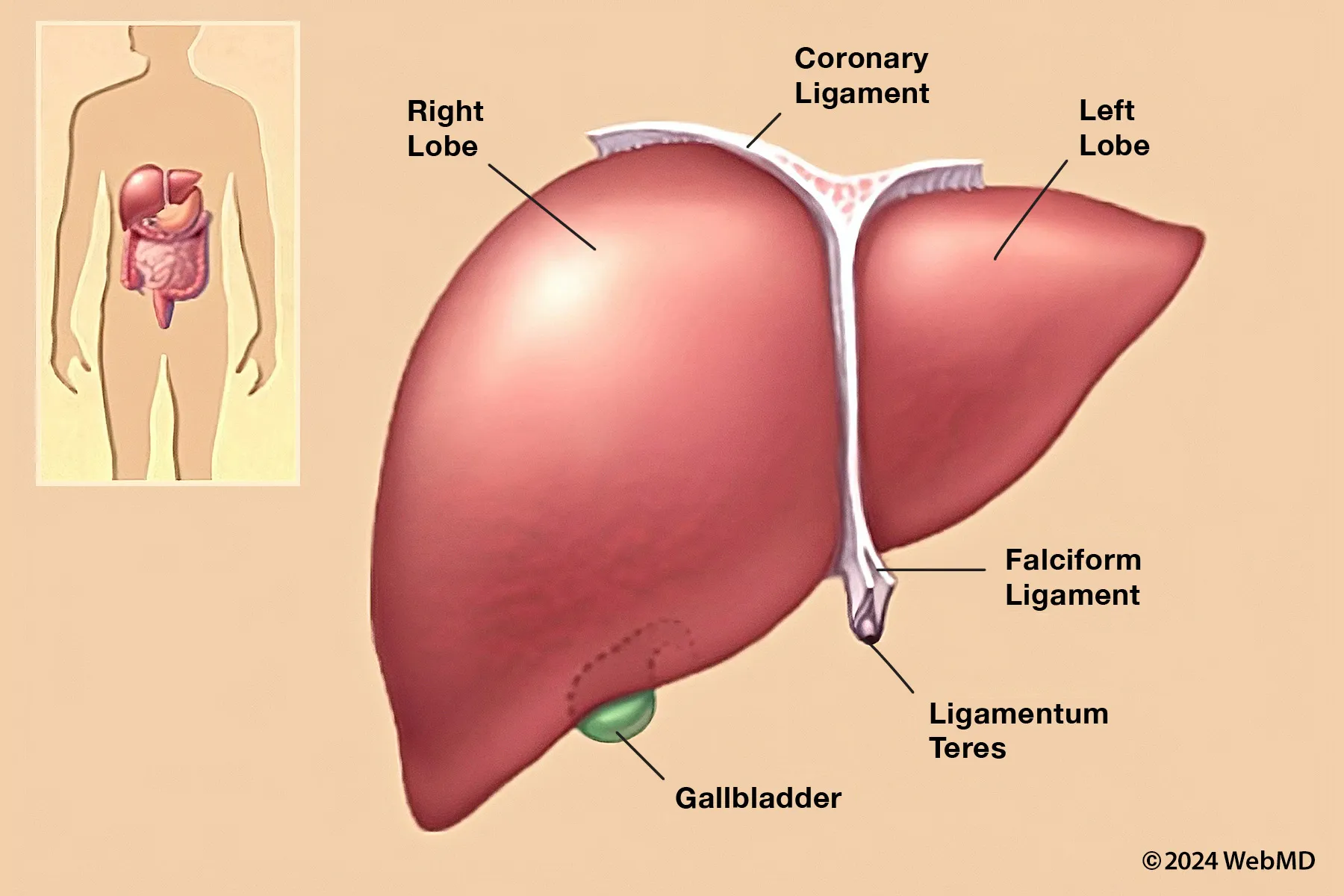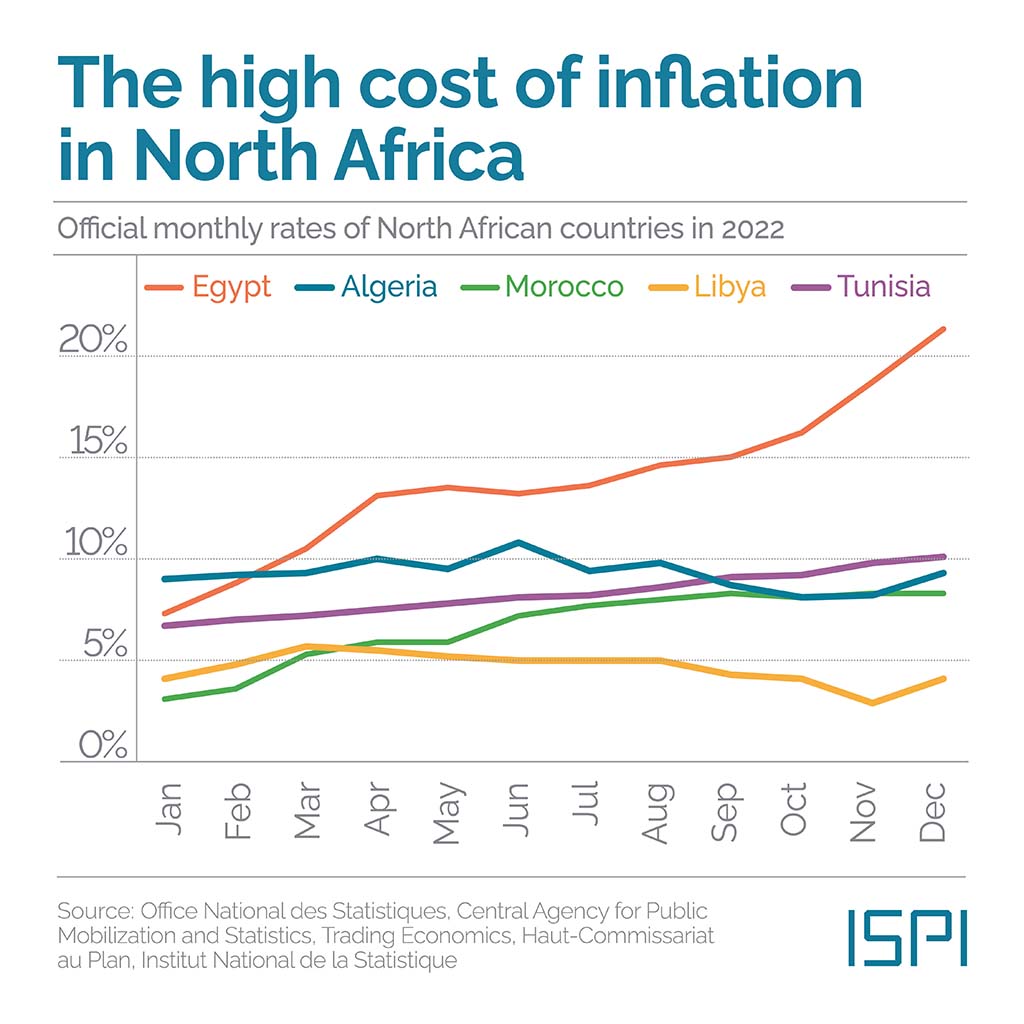Report on Social Determinants of Health in Chronic Liver Disease: An SDG Perspective
Executive Summary
- A recent study highlights critical links between social isolation and adverse outcomes for adults with chronic liver disease (CLD), underscoring challenges to achieving several Sustainable Development Goals (SDGs).
- Analysis reveals that social isolation, defined as living alone, is a significant risk factor for increased mortality, food insecurity, and healthcare access barriers, directly impacting progress on SDG 3 (Good Health and Well-being), SDG 2 (Zero Hunger), and SDG 10 (Reduced Inequalities).
Methodological Framework
Study Design
The report is based on an analysis of 2014-2018 National Health Interview Survey data.
- Cohort: 3,676 US adults aged 18 or older with self-reported chronic liver disease.
- Follow-up Period: Participants were monitored from their interview date until death or the end of the study in December 2019, with mortality data linked to the US National Death Index.
Key Variables
- Social Isolation: Defined as living alone.
- Food Insecurity: Assessed via a 10-item questionnaire.
- Healthcare-Related Transportation Insecurity: Defined as delayed medical care access due to transportation barriers.
Key Findings and Alignment with Sustainable Development Goals
Impact on SDG 3: Good Health and Well-being
The study demonstrates a significant barrier to ensuring healthy lives and promoting well-being for all ages, as mandated by SDG 3.
- Social isolation was independently associated with a 40% increased risk for all-cause mortality among adults with CLD.
- This association persisted even after adjusting for sociodemographic factors and insecurities related to food and transportation.
- Approximately 22% of US adults with CLD reported living alone, identifying a substantial at-risk population whose health and well-being are compromised.
Challenges to SDG 2 (Zero Hunger) and SDG 1 (No Poverty)
The findings reveal how social determinants can impede progress toward ending hunger and poverty by limiting access to basic necessities.
- Socially isolated individuals faced 60% increased odds of food insecurity, directly undermining the objectives of SDG 2 to ensure access to safe, nutritious, and sufficient food.
- This vulnerability highlights a critical intersection of health status, social context, and economic stability, relevant to the broader goals of SDG 1.
Implications for SDG 10 (Reduced Inequalities) and SDG 11 (Sustainable Cities and Communities)
The research exposes health inequalities faced by a vulnerable sub-population, a key concern of SDG 10.
- A 70% increased odds of healthcare-related transportation insecurity was observed in the socially isolated group.
- This barrier to essential services illustrates an inequality in access to care and highlights a need for more inclusive community support systems and infrastructure, a principle of SDG 11.
Policy Implications and Recommendations for SDG Advancement
Clinical Interventions to Support SDG 3
To advance the goals of SDG 3, the study proposes proactive measures within the healthcare system.
- Implement routine screening for social isolation during clinical visits to identify at-risk patients with CLD.
- Facilitate early interventions by connecting identified individuals with support systems to help manage disease-specific complications and functional limitations, thereby promoting well-being and reducing preventable deaths.
Study Context and Limitations
Source
The study, led by Dr. Tiana Walker at Massachusetts General Hospital, Harvard Medical School, was published in Clinical Gastroenterology and Hepatology and supported by a Sojourns Scholar Award from the Cambia Health Foundation. The authors declared no relevant conflicts of interest.
Methodological Considerations
- The cross-sectional design limits the ability to establish causality.
- Reliance on self-reported chronic liver disease may lead to misclassification and prevents analysis based on disease etiology or severity.
- The definition of social isolation (living alone) does not encompass the full spectrum of loneliness or social support.
1. Which SDGs are addressed or connected to the issues highlighted in the article?
-
SDG 2: Zero Hunger
The article directly addresses food security issues, noting that social isolation was associated with a 60% increased odds of food insecurity among adults with chronic liver disease. This connects to the goal of ending hunger and ensuring access to food.
-
SDG 3: Good Health and Well-being
This is the central SDG of the article. The study focuses on health outcomes, specifically a “40% increased risk for all-cause mortality” in adults with chronic liver disease (a non-communicable disease) due to social isolation. It also highlights barriers to healthcare, such as “healthcare-related transportation insecurity.”
-
SDG 10: Reduced Inequalities
The article highlights the unequal health outcomes experienced by a vulnerable group—adults with chronic liver disease who are socially isolated. By identifying specific factors (living alone, lack of transportation, food insecurity) that disproportionately affect this group’s mortality risk, the article points to inequalities in health and well-being that need to be addressed.
-
SDG 11: Sustainable Cities and Communities
The issue of “healthcare-related transportation insecurity,” defined as “delayed access to medical care due to a lack of transportation,” is relevant to this goal. It underscores the need for accessible transportation systems that allow all residents, especially those with health conditions, to access essential services like healthcare.
2. What specific targets under those SDGs can be identified based on the article’s content?
-
Target 2.1: End hunger and ensure access to food
This target aims to “ensure access by all people, in particular the poor and people in vulnerable situations… to safe, nutritious and sufficient food all year round.” The article’s finding that socially isolated adults with chronic liver disease face a “60% increased odds of food insecurity” directly relates to this target, identifying them as a vulnerable group not achieving food security.
-
Target 3.4: Reduce mortality from non-communicable diseases and promote mental health
This target seeks to “reduce by one-third premature mortality from non-communicable diseases.” The article’s main finding of a “40% increased risk for all-cause mortality” among adults with chronic liver disease (a non-communicable disease) due to social isolation is a direct measure of a challenge to this target. The recommendation to screen for social isolation is a proposed intervention to reduce this mortality.
-
Target 3.8: Achieve universal health coverage
This target includes ensuring “access to quality essential health-care services.” The article identifies a significant barrier to this, reporting that social isolation is linked to a “70% increased odds of healthcare-related transportation insecurity,” which leads to “delayed access to medical care.”
-
Target 10.2: Promote universal social, economic and political inclusion
This target aims to “empower and promote the social… inclusion of all, irrespective of… other status.” The article’s focus on “social isolation” as a key risk factor for poor health outcomes demonstrates a lack of social inclusion for this group. The authors’ hypothesis that a “lack of support for managing disease-specific complications” is a key driver for mortality underscores the negative consequences of social exclusion.
-
Target 11.2: Affordable and sustainable transport systems for all
This target is to “provide access to safe, affordable, accessible and sustainable transport systems for all.” The article’s identification of “healthcare-related transportation insecurity” as a major issue for the studied population directly points to a failure in achieving this target for a vulnerable group needing access to essential services.
3. Are there any indicators mentioned or implied in the article that can be used to measure progress towards the identified targets?
-
Prevalence of food insecurity
The article explicitly measures “food insecurity” using a 10-item questionnaire. The finding of “60% increased odds of food insecurity” provides a quantifiable indicator related to Target 2.1.
-
Mortality rate from non-communicable diseases
The study’s primary outcome is “all-cause mortality” in a population with a chronic, non-communicable disease. The “40% increased risk for all-cause mortality” is a direct indicator for measuring progress (or lack thereof) toward Target 3.4.
-
Proportion of population with access to essential health services
The article uses “healthcare-related transportation insecurity” as a proxy for lack of access. This is defined as “delayed access to medical care due to a lack of transportation.” The “70% increased odds” of experiencing this insecurity serves as a specific, measurable indicator for barriers to achieving Target 3.8.
-
Prevalence of social isolation
The study uses “living alone” as its definition for “social isolation.” It reports that “22% reported experiencing social isolation.” This percentage can serve as an indicator to track social inclusion for vulnerable populations, relevant to Target 10.2.
4. Table of SDGs, Targets, and Indicators
| SDGs | Targets | Indicators Identified in the Article |
|---|---|---|
| SDG 2: Zero Hunger | 2.1: End hunger and ensure access by all people, in particular the poor and people in vulnerable situations, to safe, nutritious and sufficient food all year round. | Prevalence of food insecurity, measured by a 10-item questionnaire (associated with 60% increased odds in the study group). |
| SDG 3: Good Health and Well-being | 3.4: Reduce by one-third premature mortality from non-communicable diseases through prevention and treatment. | All-cause mortality risk in adults with chronic liver disease (found to be 40% higher for socially isolated individuals). |
| SDG 3: Good Health and Well-being | 3.8: Achieve universal health coverage, including access to quality essential health-care services. | Prevalence of healthcare-related transportation insecurity, defined as delayed access to medical care due to lack of transportation (70% increased odds). |
| SDG 10: Reduced Inequalities | 10.2: Empower and promote the social, economic and political inclusion of all. | Prevalence of social isolation, defined as living alone (22% of the study population). |
| SDG 11: Sustainable Cities and Communities | 11.2: Provide access to safe, affordable, accessible and sustainable transport systems for all. | Incidence of delayed access to medical care due to a lack of transportation (healthcare-related transportation insecurity). |
Source: medscape.com







